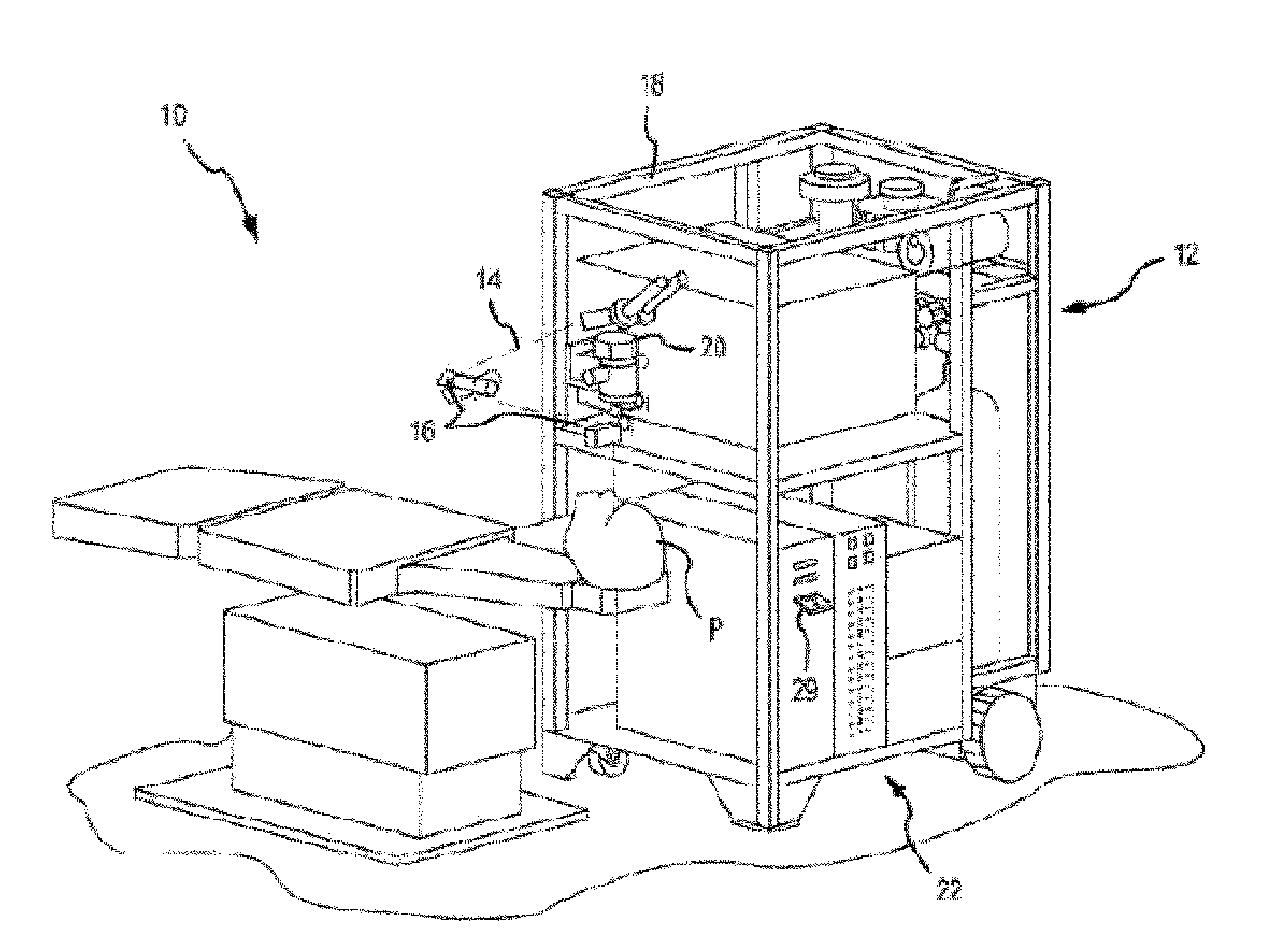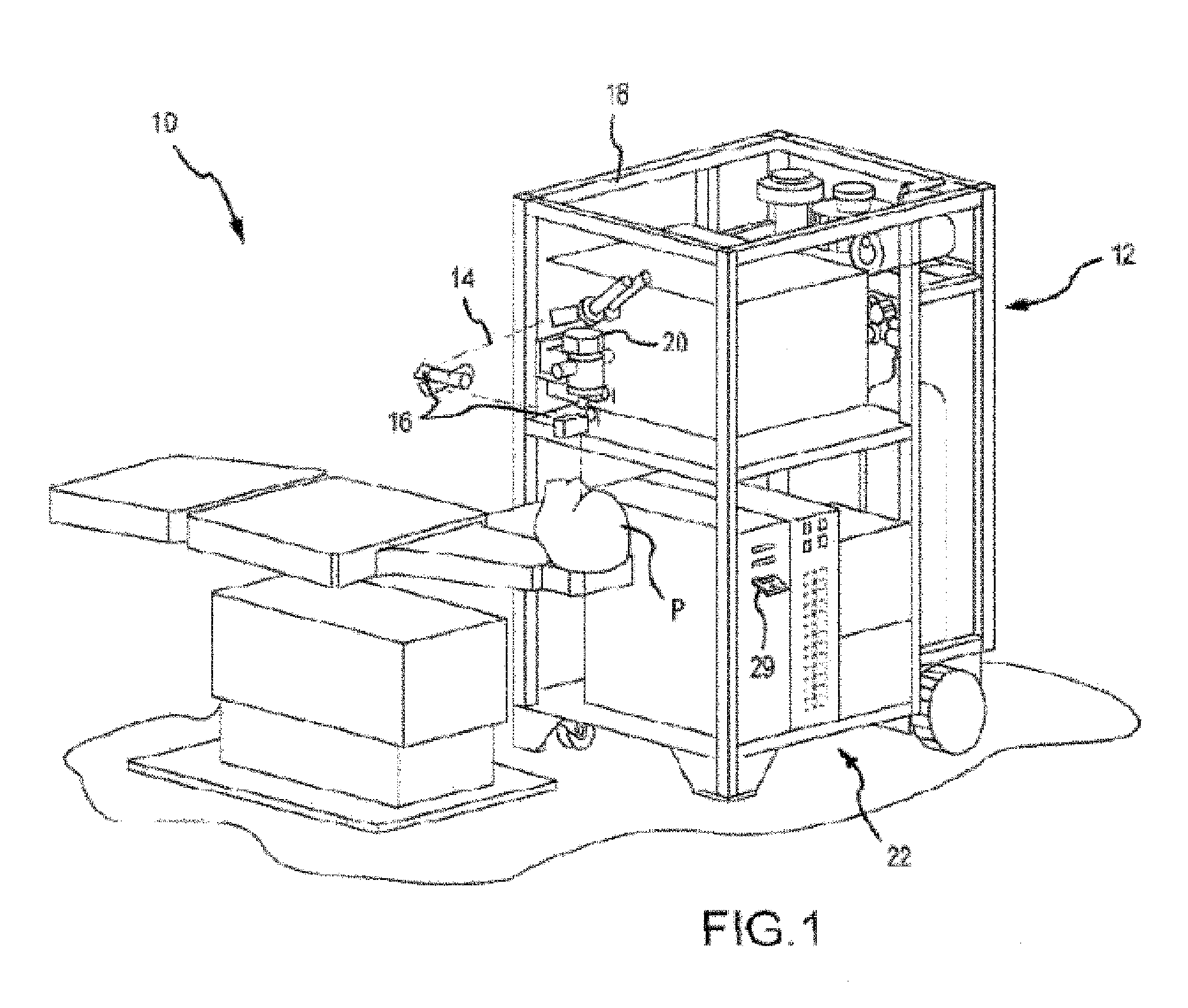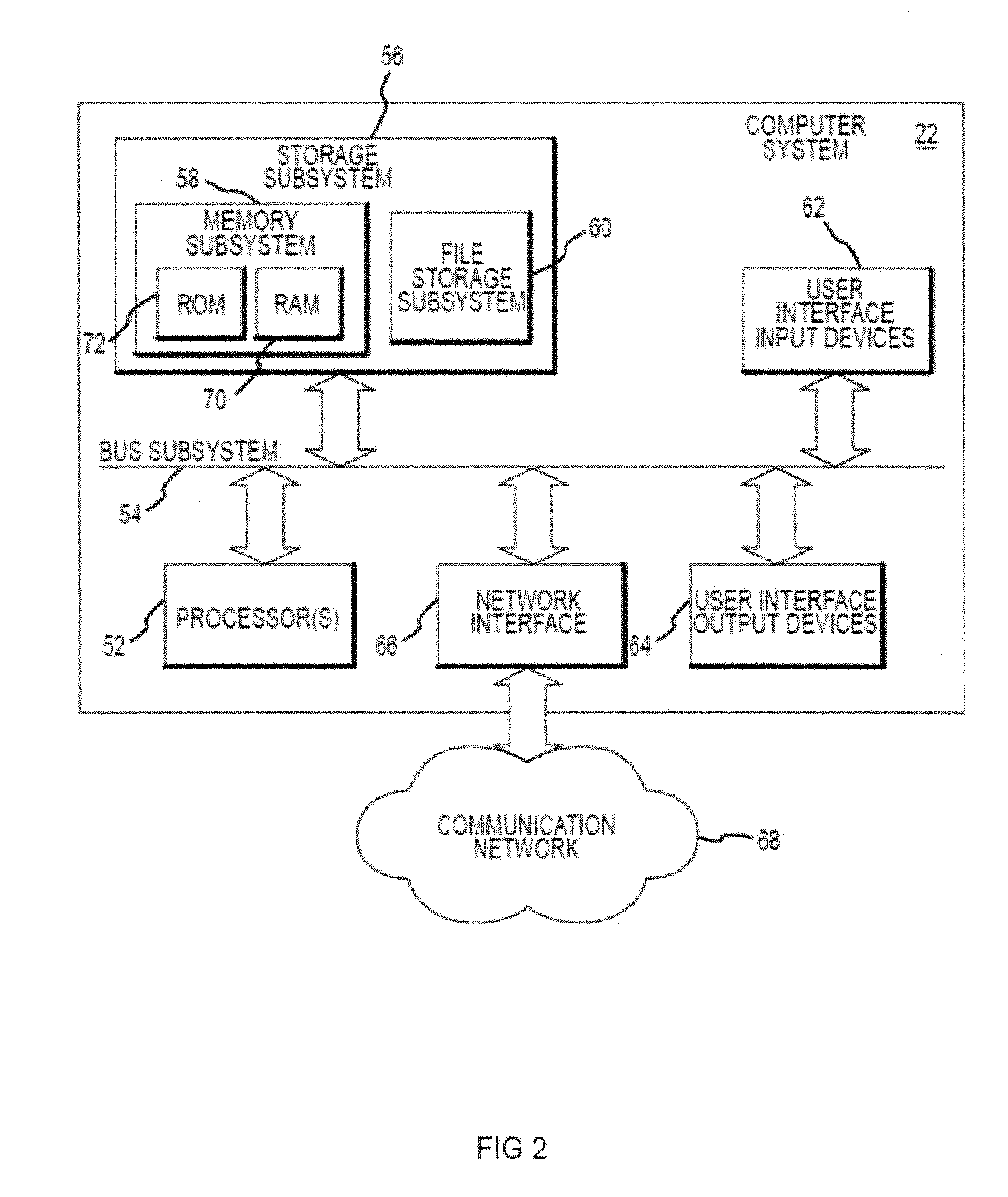Angular multiplexed optical coherence tomography systems and methods
a tomography and coherence technology, applied in the field of angular multiplexed optical coherence tomography systems and methods, can solve the problems of affecting the accuracy of axial length measurement, spectral domain methods that do not afford the depth of range desirable for axial length measurement, and the time domain measurement techniques used to measure axial length may be prone to such errors, so as to improve or supplement other optical evaluation modalities, improve diagnostic accuracy, and improve the effect of accuracy
- Summary
- Abstract
- Description
- Claims
- Application Information
AI Technical Summary
Benefits of technology
Problems solved by technology
Method used
Image
Examples
Embodiment Construction
[0012]Embodiments of the present invention encompass systems and methods for the tomographical monitoring of optical or other patient tissue across a wide depth of range in a simultaneous fashion. According to some embodiments, angular multiplexed optical coherence tomography (AMOCT) techniques can use non-collinear beams to produce a spatial interference pattern with a unique carrier frequency. Such a frequency can be determined by the angle between the signal and reference beams. Multiple carrier frequencies can be supported simultaneously on a single linear array detector by assigning a unique angle to each unique signal beam and combining them with a single, common reference beam.
[0013]According to some embodiments, a detector can receive multiple signal frequencies simultaneously, and the readout of a signal assigned to a specific carrier frequency can be achieved by frequency filtering the composite signal. Having resolved the specific signals, the composite echo signal can be...
PUM
 Login to View More
Login to View More Abstract
Description
Claims
Application Information
 Login to View More
Login to View More - R&D
- Intellectual Property
- Life Sciences
- Materials
- Tech Scout
- Unparalleled Data Quality
- Higher Quality Content
- 60% Fewer Hallucinations
Browse by: Latest US Patents, China's latest patents, Technical Efficacy Thesaurus, Application Domain, Technology Topic, Popular Technical Reports.
© 2025 PatSnap. All rights reserved.Legal|Privacy policy|Modern Slavery Act Transparency Statement|Sitemap|About US| Contact US: help@patsnap.com



